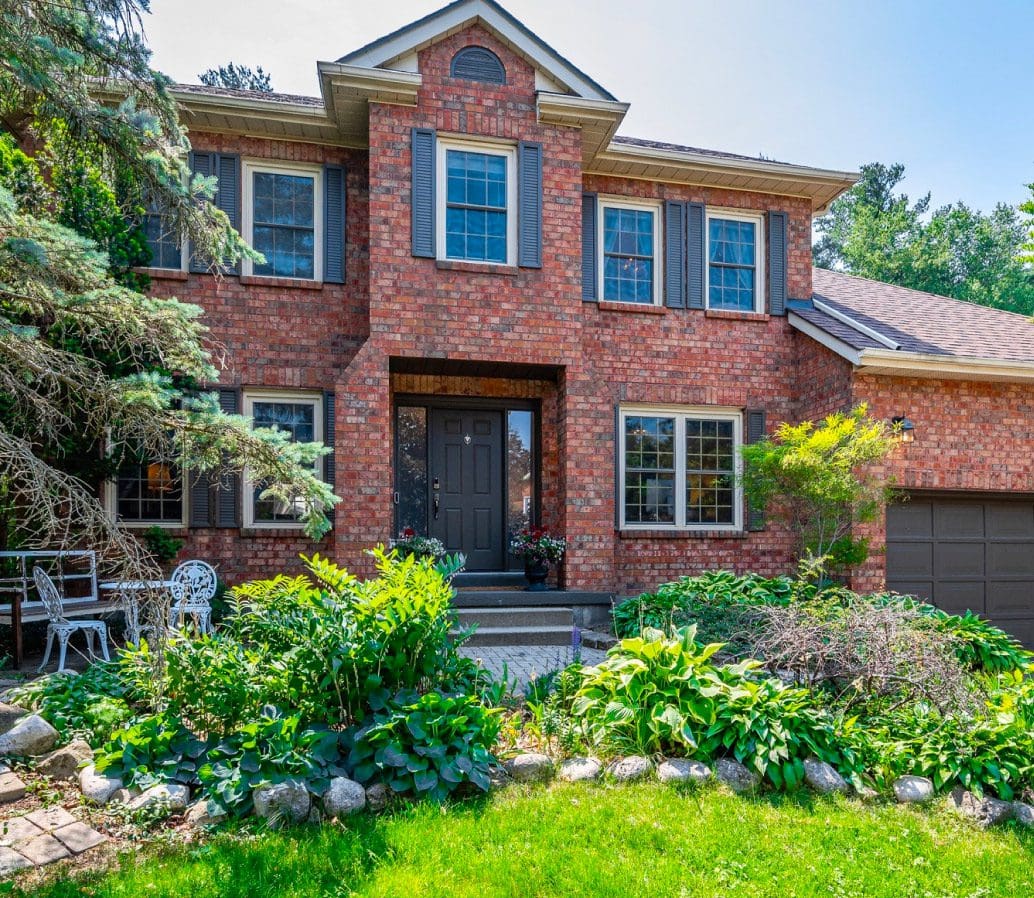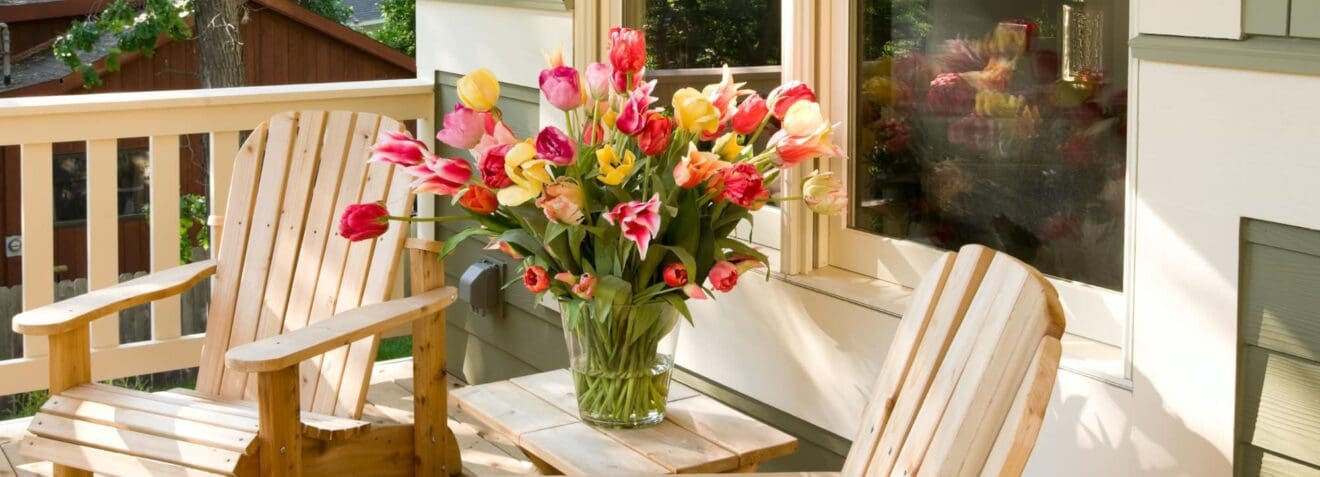February 5, 2024 | Buying
Where to Start When Buying Your First Home


If you’re thinking about buying a home and you’re not sure where to start, here’s a quick primer on everything you need to know and be on the lookout for.
Down Payment Rules
Think of buying a home as assembling a puzzle: There are a lot of little pieces you need to fit together to make it work but there are three big pieces that make up most of the picture. Without those three big pieces of the puzzle, none of the other pieces really matter. One of those big pieces of the puzzle is your down payment.
A down payment is the cash you’re willing to put toward the purchase of a home. Unfortunately, it’s difficult to get approved for a mortgage with no down payment; you’re required by law to offer one.
In Canada, the CMHC (Canada Mortgage and Housing Corporation) dictates that you must offer a down payment equivalent to at least 5% of the purchase price for homes under $500,000 and 10% for any amount over $500,000. That means if you want to make an offer on a $200,000 property you’ll need a cash down payment of at least $10,000, for example.
If your down payment is between 5% and 19.99% you’ll have to pay mortgage default insurance, which is generally between 2% and 4%. Fortunately, there are ways to avoid CMHC fees.
Credit Score Requirements
The second big puzzle piece to buying a home is your credit score. This impacts whether or not lenders are willing to offer you a mortgage, and what the interest rate on the mortgage is. The good news is you don’t need an amazing credit score to get a mortgage—far from it.
In Canada, credit scores range from 300 to 900 and to satisfy most banks or lenders for a mortgage loan, you’ll need a minimum credit score of 680. Keep in mind this is only an estimate and other factors will impact whether or not you get
approved for a mortgage.
A bank or mortgage broker will be able to tell you what your credit score is during your application for a mortgage pre-approval.
Getting Pre-Approved for a mortgage
The third big puzzle piece to buying a home is getting pre-approved for a mortgage. Once you’re pre-approved, you can start looking at homes on the market because you’ll be in a position to actually make an offer.
During the pre-approval application process, your bank or mortgage broker will look at your credit score, income, and outstanding debts (such as car loan or student loan) to assess how much they’re willing to pre-approve you for and what interest rates they’re able to offer.
In a nutshell, lenders want to assess how much they think you can afford to ensure you’re able to make your mortgage payments. That means your current monthly bills affect your purchasing power and the amount you can borrow. For example, a $500/month car loan could make a difference of $80,000 in the purchase price of your home. You might need to refinance or find a way to get out of the loan to get approved for a bigger mortgage.
Understanding How Much You Can Afford
When you add your pre-approval amount to your down payment, you’ll have a rough idea of what your maximum purchase price can be. For example, let’s say you have $50,000 set aside as a down payment and a lender has pre-approved you for a $600,000 mortgage. That means you can theoretically make an offer up to $650,000.
But it’s rarely a good idea to make an offer on a home that uses every dollar of your down payment and pre-approved mortgage amount. Why? Because there are several factors that will impact what you can afford, beyond your down payment and pre-approved mortgage:
Your pre-approval amount isn’t carved in stone
One of the most common mistakes first-time homebuyers make is assuming the amount they were pre-approved for is locked in. This isn’t the case at all. It’s only the maximum amount your lender is willing to loan you. When you make an offer on a home, your lender will assess (and sometimes even appraise) the home to gauge its worth. If they determine the property is worth less than what you’re– offering, they might lower the mortgage amount they’re offering you for that particular home.
You need to pay closing costs
Another easy oversight first-time homebuyers make is not accounting for closing costs. These include legal fees (to finalize official documents), a home inspection (not required but highly recommended), property and land transfer taxes, and property insurance (which you need in place for the first day you assume ownership). Depending on your situation, combined these additional costs can range from a few hundred to a few thousand dollars.
You need to budget for ongoing costs
You’ll also need to account for how much you can afford month to month.
Remember: The higher your mortgage, the higher your mortgage payments. When you’re assessing what you think you can afford, don’t forget about things like strata fees, special levies for big projects if you’re buying a condo or townhouse, home maintenance costs if you’re buying a house, and annual property taxes. You’ll need to plan to put aside an extra few hundred dollars per month for these other expenses.
First-time Homebuyer Grants for all Canadians
The good news there’s lots of financial support available to first-time homebuyers in Canada. Each program has its own unique requirements and eligibility, but here’s a quick look at how each one can help clear the path to purchasing your first home:
A) First-time Home Buyer Incentive
This is a national program where the Government of Canada will finance 5-10% of your home’s purchase through a shared equity mortgage. This can be put toward your down payment.
B) Home Buyer’s Tax Credit (HBTC)
Also known as the Home Buyers’ Amount or Home Buyers Program, the HBTC lets you claim $5,000 for the purchase of a qualifying home on your annual federal taxes. The tax credit rate of 15% means you get a tax rebate of $750. To be
eligible for the tax credit:
- The home must be a new or existing single-family, semi-detached, townhouse, mobile home, or condo
- The home is your principal residence
- The home must be registered to you (or your partner)
- You must not have lived in another home that you (or your partner) owned in the previous four years
- You must have moved into the home within 12 months of making the purchas
C) Home Buyers’ Plan
This program makes it easier to save for a down payment by allowing first-time homebuyers to withdraw up to $35,000 from their RRSPs without paying taxes on the withdrawal, provided the funds are going toward the purchase of a qualifying home.
D) GST/HST New Housing Rebate
This program helps cover the added GST/HST costs associated when buying a newly constructed home (you don’t have to pay GST/HST on older homes).
E) Provincial Programs
Last but not least, there are a handful of provincial programs in place around the country that ease some of the financial costs to buying your first home. Some of these can be used in addition to the federal programs listed above.
More About Capstone
Our real estate professionals are industry experts and proud long-time locals. Learn more about how each of our team members helps elevate your real estate experience.





